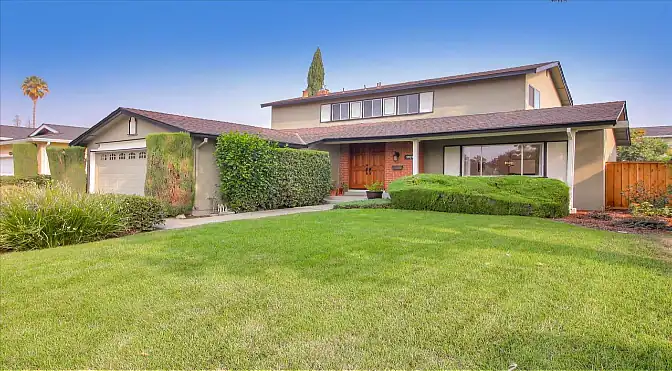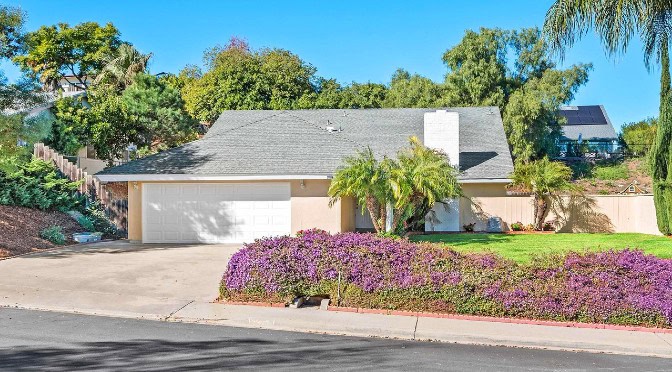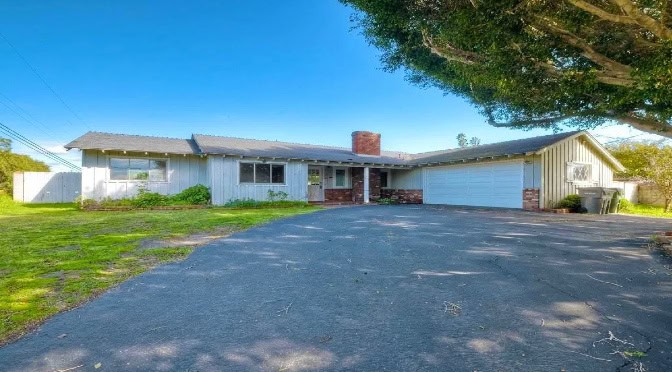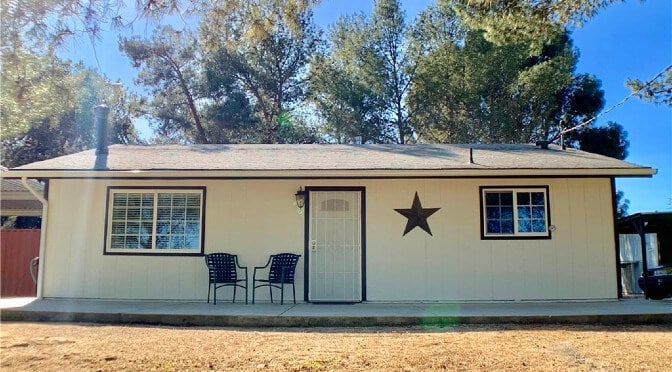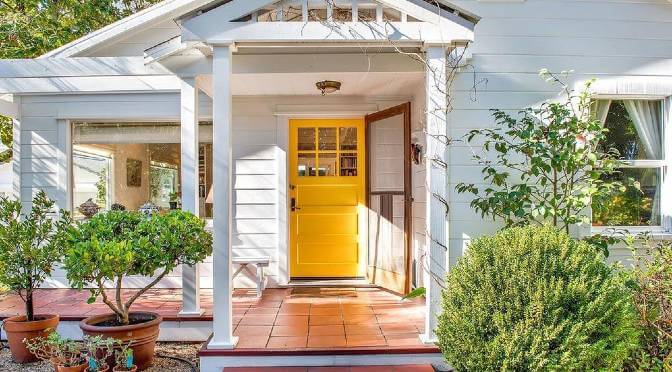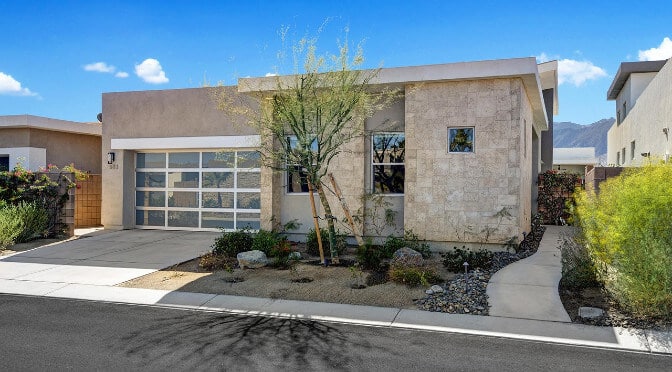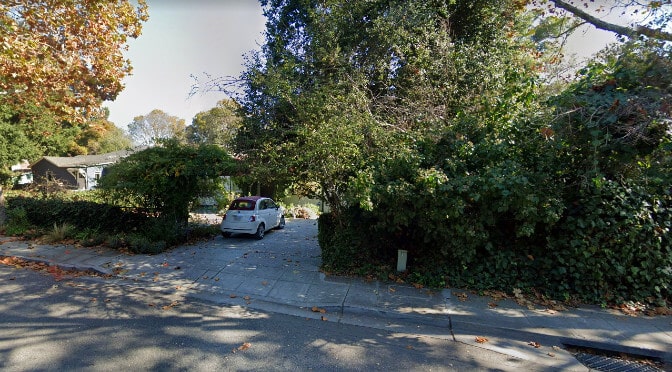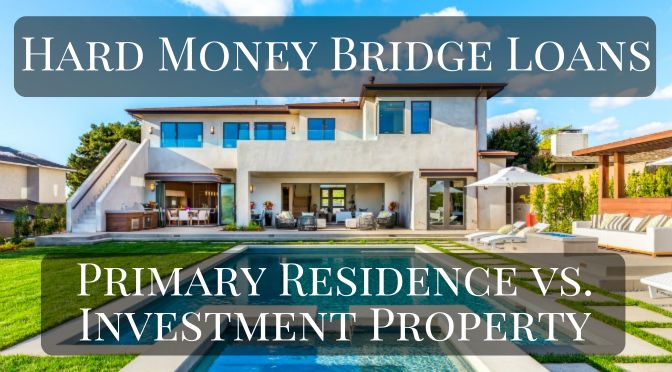
Hard Money Bridge Loans – Primary Residence vs. Investment Property
Hard money bridge loans are a type of short-term financing secured by real estate. They offer a quick and flexible alternative to traditional bank loans. There are two main types of hard money bridges loans:
- Bridge loans for a primary residence
- Bridge loans for investment property
Here’s an overview of the most important aspects of these two types of hard money bridge loans.
Bridge Loans for Primary Residences: Bridging the Gap for Homeowners
A bridge loan for a primary residence is a short-term financing solution designed to help homeowners transition from their current primary residence to a new one. It provides the necessary funds to purchase a new home before selling the existing property, eliminating the need for having to move twice or rushing to sell. It also prevents the borrower from having to submit an offer to purchase a new primary residence with a contingency to sell the existing property first. This type of contingency offer is not likely to be accepted, especially in a competitive seller’s market.
A borrower may have excellent credit and high income but they aren’t able to qualify for two conventional loans simultaneously. This is due to the current federal regulations for debt-to-income ratios (DTI) on consumer purpose loans. Bridge loans are special exception that allow the borrower to exceed the normal DTI with a short-term, temporary loan.
How Residential Bridge Loans Work
Residential bridge loans can work in 3 different ways.
- A bridge loan can be secured against the current property to pull out funds to purchase the new property.
- A bridge loan can be secured against the new property being purchased as long as the borrower has a sufficient down payment (~30% of purchase price).
- If needed, a bridge loan can pull funds from the existing property for the down payment and then an additional bridge loan can be secured against the new property being purchased. This is known as a double bridge loan.
The bridge loan term cannot be more than 12 months and is typically written for 11 months with a balloon payment due at the end of the term. 11 months gives the borrower enough time to sell their existing home and repay the bridge loan. While the loan is outstanding, the borrower makes monthly payments on the bridge loan. Once the existing home is sold, the sale proceeds pay off the bridge loan. Click here for an additional bridge loan example.
Advantages of Residential Bridge Loans
- Allows homeowners to purchase a new home without having to first sell their current property
- Eliminates the hassle of moving twice
- Provides a competitive edge in hot real estate markets by removing contingencies
- Faster approval process and funding compared to traditional mortgages
- Flexible lending criteria
- Borrowers can qualify without income
- Borrowers can qualify without high credit scores
Drawbacks of Residential Bridge Loans
- Higher interest rates than conventional mortgages
- Shorter loans terms (11 months)
- Risk of carrying two mortgage payments if the existing home doesn’t sell quickly
Bridge Loans for Investment Properties: Financing Short-Term Real Estate Deals
Bridge loans for investment properties, also known as commercial bridge loans or hard money bridge loans, are designed to provide real estate investors with quick access to capital for acquisitions, renovations, or other investment activities.
How Investment Property Bridge Loans Work
Investment property bridge loans are primarily based on the value and potential profitability of the subject property, rather than the borrower’s creditworthiness or income. Lenders evaluate the property’s current value, the investor’s experience and exit strategy. The loan amount is typically limited to a percentage of the property’s value ranging from 60% to 70%.
Bridge loans for investment properties have shorter terms, usually ranging from 12 to 24 months. During this period, the borrower is responsible for making monthly payments or paying the interest upfront (interest reserves). A reasonable exit strategy is crucial for investment property bridge loans. Investors may plan to refinance the loan into permanent long-term financing, sell the property or sell other assets in order pay off the bridge loan.
Advantages of Investment Property Bridge Loans
- Provides fast access to capital for time-sensitive real estate deals
- Flexible lending criteria, with less emphasis on credit scores and income
- Allows investors to take advantage of opportunities without waiting for traditional financing
- Short-term solution until long-term financing can be secured or property can be sold
Drawbacks of Investment Property Bridge Loans
- Higher interest rates than conventional investment property loans
- Additional fees and closing costs if refinancing into long-term loan
- Shorter loan terms, requiring a reasonable exit strategy
Both residential and investment property bridge loans serve as valuable financing tools in their respective markets. Homeowners can use residential bridge loans to facilitate a smooth transition between primary residences, while real estate investors can leverage investment property bridge loans to quickly capitalize on short-term profitable opportunities.
North Coast Financial is an experienced San Diego bridge loan lender providing bridge loans for both primary residences and investment properties throughout the state of California.
Recent Bridge Loans Funded by North Coast Financial
Bridge Loans Resource Guide
California Bridge Loan Request
We will contact you to review the loan scenario and provide a quote.

